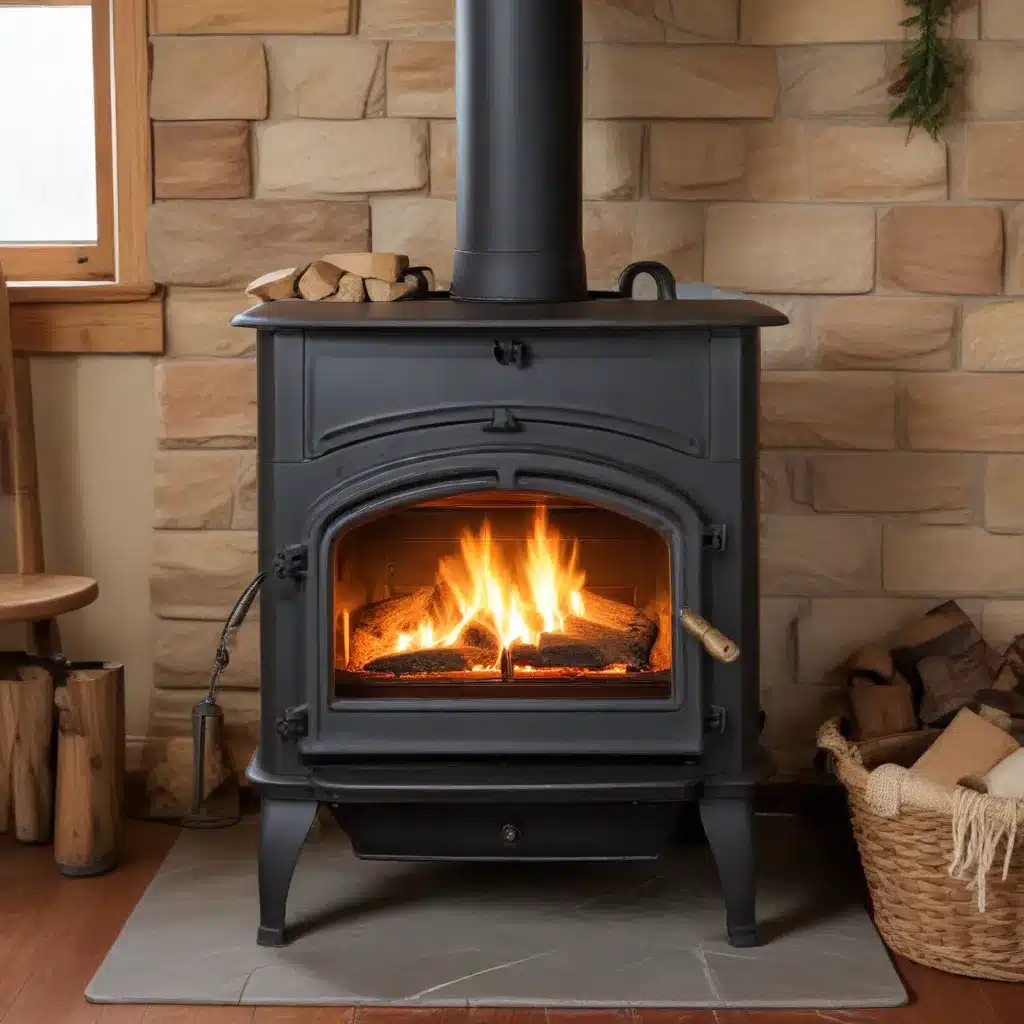
The Evolution of Wood Stove Heating
For centuries, the crackling fire of a wood stove has been a central fixture in homes across the world, providing not just warmth, but a sense of comfort, community, and connection to our past. As we delve into the rich history and enduring appeal of wood stove heating, we uncover a story that is as much about the evolution of technology as it is about the enduring human need for a cozy hearth.
The Origins of Wood Stove Heating
The origins of wood stove heating can be traced back to ancient civilizations, where simple fire pits and crude stone or clay structures were used to provide heat and light. Over time, these primitive heating methods evolved, with the development of more sophisticated fireplaces and chimneys. The first true wood stoves emerged in the 17th and 18th centuries, as advances in metalworking allowed for the creation of enclosed, cast-iron structures that were more efficient and controllable than open fires.
The Golden Age of Wood Stoves
The 19th century marked a true golden age for wood stove technology, as innovative designers and manufacturers pushed the boundaries of what was possible. Stoves became more elaborate, with intricate designs and a wide range of features, from built-in ovens to water heating capabilities. The wood stove also became a symbol of domestic comfort and prosperity, with families proudly displaying their latest models in the heart of their homes.
The Decline and Resurgence of Wood Stoves
The rise of central heating systems in the 20th century led to a decline in the popularity of wood stoves, as homeowners sought more convenient and automated heating solutions. However, in recent decades, there has been a resurgence of interest in wood stove heating, driven by a growing desire for sustainable, cost-effective, and aesthetically pleasing heating options.
The Benefits of Wood Stove Heating
As wood stove technology has evolved, so too have the benefits that this heating method offers. From energy efficiency to environmental sustainability, the advantages of wood stove heating are numerous and compelling.
Energy Efficiency and Cost Savings
One of the primary draws of wood stove heating is its energy efficiency and the potential for significant cost savings. Modern wood stoves are designed to maximize heat output while minimizing fuel consumption, making them a more cost-effective heating solution compared to traditional fossil fuel-based systems. Additionally, many homeowners who have access to a reliable source of firewood can dramatically reduce their reliance on expensive heating fuels.
Environmental Sustainability
Wood stove heating is also increasingly seen as an environmentally sustainable option, particularly as concerns about carbon emissions and climate change continue to grow. Properly seasoned and burned, wood is considered a renewable and carbon-neutral fuel source, making wood stoves a more eco-friendly choice than fossil fuel-based heating systems.
Ambiance and Comfort
Beyond the practical benefits, wood stove heating also offers a unique sense of ambiance and comfort that is difficult to replicate with other heating methods. The sight and sound of a crackling fire, the radiant warmth, and the cozy atmosphere it creates can transform a house into a true home, fostering a sense of connection and well-being.
Maintaining and Upgrading Your Wood Stove
To ensure the long-term efficiency, safety, and performance of your wood stove, proper maintenance and occasional upgrades are essential. By following best practices and staying informed about the latest advancements in wood stove technology, homeowners can maximize the benefits of this time-honored heating solution.
Routine Maintenance and Cleaning
Regular maintenance, such as cleaning the stove’s interior, checking the gaskets and seals, and properly disposing of ash, is crucial for maintaining the optimal performance and longevity of a wood stove. Homeowners should also have their chimneys inspected and cleaned annually to prevent the buildup of creosote, which can pose a fire hazard.
Upgrading to Modern Wood Stoves
For those with older or less efficient wood stoves, upgrading to a newer model can significantly improve energy efficiency, emissions, and overall heating performance. Newer wood stoves feature advanced combustion systems, improved insulation, and user-friendly controls, making them a more environmentally friendly and cost-effective heating solution.
Incorporating Complementary Heating Systems
While wood stoves can be a highly effective primary heating source, many homeowners choose to incorporate them into a broader heating strategy, using them in conjunction with other systems, such as heat pumps or solar panels, to create a more comprehensive and efficient home heating solution.
Conclusion: Embracing the Timeless Allure of Wood Stove Heating
As we have explored, the history of wood stove heating is a testament to the enduring human desire for a warm, inviting, and sustainable source of comfort. From the primitive fire pits of ancient civilizations to the technologically advanced wood stoves of today, this heating method has evolved to meet the changing needs of homeowners while maintaining its timeless allure.
By embracing the benefits of wood stove heating and investing in proper maintenance and upgrades, homeowners can not only enjoy the practical advantages of this heating solution but also connect with a rich cultural heritage that spans centuries. Whether it’s the crackle of the fire, the radiant warmth, or the sense of community and nostalgia that a wood stove evokes, the timeless appeal of this heating method continues to captivate and inspire.
As you explore the world of wood stove heating, we encourage you to visit https://woodstoveheaters.com/ to discover a wealth of resources, expert insights, and the latest advancements in this enduring heating technology. Together, let us celebrate the enduring legacy of wood stove heating and the comfort, efficiency, and connection it brings to homes across the world.


